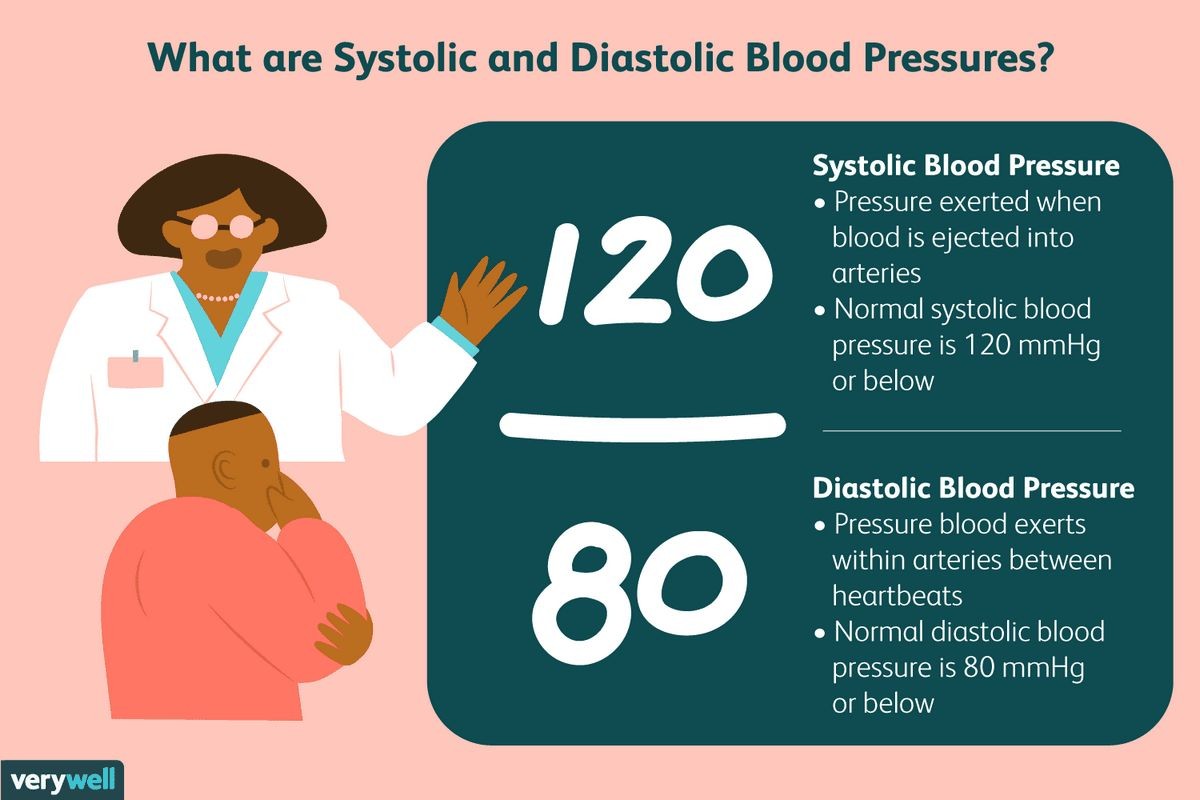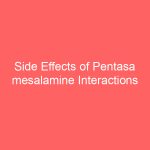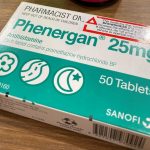
Understanding High Diastolic Blood Pressure
A high diastolic reading (equal to or greater than 120 mmHg) is associated with an increased risk of stroke, heart attack, and cardiovascular problems.
High diastolic pressure is linked to a higher risk of abdominal aortic aneurysm (ballooning in the lining of the aorta) and can be life-threatening. It occurs when the blood column puts pressure on the arteries between beats when the heart is relaxed.
The Impact of High Systolic Blood Pressure
Systolic blood pressure (equal to or more than 160 mmHg) is more important than diastolic blood pressure. It is the force exerted on the arteries when the heart contracts, and it poses a significant risk for heart disease and heart attacks.
Systolic blood pressure is also associated with kidney disease and overall mortality. Recent research shows that it is the most predictive factor for cardiovascular problems, leading to its prioritization in cardiology guidelines and risk estimation.
How is Blood Pressure Measured?
Blood pressure is the force exerted by the blood column against artery walls as it circulates through the body.
Blood pressure is measured using two variables:
- Systolic: The pressure when the heart pumps blood throughout the body.
- Diastolic: The pressure when the heart relaxes and refills with blood.
Hypertension occurs when both systolic and diastolic blood pressures are elevated. However, high diastolic blood pressure or isolated diastolic hypertension (IDH) happens when the systolic pressure is normal and only the diastolic pressure is elevated (over 80 mmHg).
Stroke Risk and Blood Pressure Levels
A blood pressure reading equal to or higher than 180/120 mmHg is considered a hypertensive crisis. At this level, blood vessels may rupture, increasing the risk of a hemorrhagic stroke.
High blood pressure is a leading cause of strokes, but it is also preventable. It damages the brain arteries, elevating the risk of a stroke. Here are important blood pressure readings to know:
- Healthy blood pressure is less than 120/80 mmHg. Pre-hypertension is 120/80-139/89 mmHg.
- Hypertension is higher than 140/90 mmHg.
- Blood pressure readings above 180/120 are dangerously high and require immediate medical attention.
QUESTION:
Possible Causes of High Diastolic Blood Pressure
Hypothyroidism is a common cause of IDH due to excessive arteriolar narrowing.
In most cases of IDH, no specific cause is identified. Some possible reasons for IDH include:
- Primary hypertension: The blood pressure is raised because arterioles in the body are narrower than normal, leading to increased pressure.
- Hypothyroidism: Excessive arteriolar narrowing causes raised diastolic pressure.
- Endocrine diseases: Conditions that produce significant levels of aldosterone, parathyroid hormone, or corticosteroids can cause IDH.
- Kidney damage: A damaged kidney can prompt IDH by reducing fluid removal or increasing the production of angiotensin.
- Renovascular hypertension: IDH can also result from narrowing of the principal artery leading to the kidneys.
- Sleep apnea: Episodic pauses in breathing during sleep cause excessive arteriolar narrowing and decreased fluid excretion by the kidneys.
- Lifestyle factors: High-sodium diet, obesity, lack of physical activity, excessive alcohol consumption, stress, and anxiety can contribute to IDH.
Treatment Options for High Blood Pressure
The goal of treatment is to reduce blood pressure and lower the risk of health problems.
- Prehypertension: Lifestyle changes are recommended to bring blood pressure to a normal range. Medication is rarely used at this stage.
- Stage I hypertension: Lifestyle changes and a single hypertensive drug are typically prescribed.
Diuretics, beta-blockers, ACE inhibitors, ARBs, calcium channel blockers, alpha-blockers, and renin-inhibitors are drugs commonly used to treat high blood pressure. They work to lower blood pressure through various mechanisms.
These medications may have side effects such as cough, low blood pressure, diarrhea or constipation, dizziness, erection problems, fatigue, headache, nausea, skin rash, and weight changes.
Lifestyle Changes to Lower Blood Pressure
Regardless of the cause, IDH should not be ignored as it can worsen over time. Some lifestyle changes that can help manage IDH include:
- Reduce sodium intake: Limit sodium consumption to prevent IDH.
- Increase potassium intake: Potassium counteracts the effects of sodium on blood pressure.
- Avoid caffeine: Caffeine raises blood pressure.
- Limit alcohol consumption: Alcohol can raise blood pressure.
- Quit smoking: Smoking raises blood pressure and damages artery walls.
- Dietary supplements: Some supplements, such as magnesium, calcium, potassium, cocoa, coenzyme Q10, L-arginine, garlic, and omega-3 fatty acids, may help lower blood pressure.
By clicking "Submit," I agree to the MedicineNet Terms and Conditions and Privacy Policy. I also agree to receive emails from MedicineNet and understand that I may opt out of MedicineNet subscriptions at any time.


